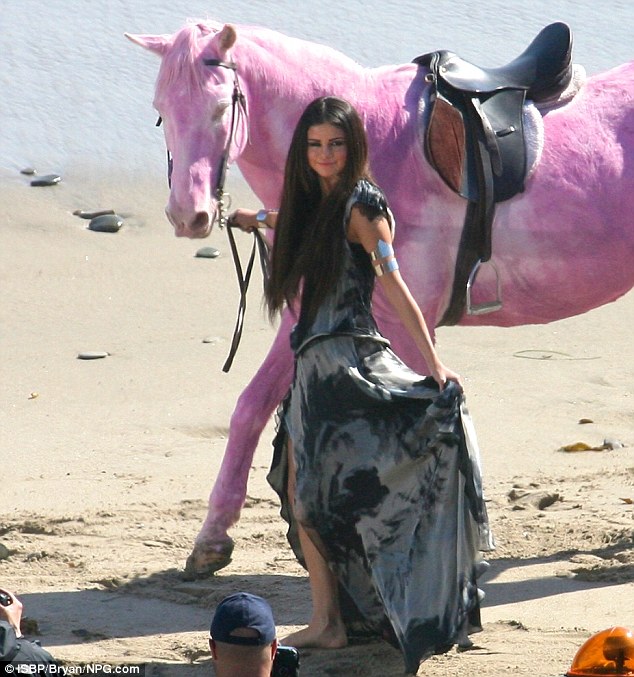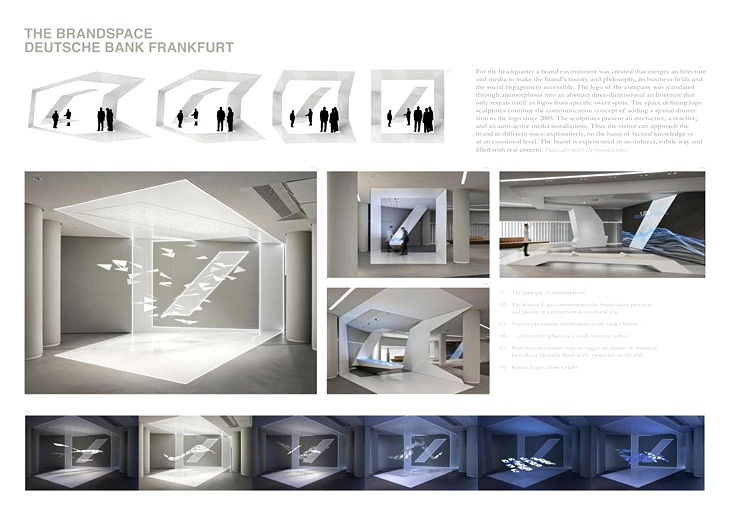Sew La Ti Embroidery [Search results for society]
Picasso, Matisse and... Tim Burton!..
East Asia: How to save the disappearing Great Wall of China?

Jasta debuts NEW song featuring Zakk Wylde
The Bulldogs (based on an underground comic-book)

No Makeup Week! (I mean, they like me with makeup, too. Oh, you know what I mean...)

North America: Archaeologists call on feds to protect Chaco Canyon area

Judas Priest announce North American Tour
Heritage: A new Zimbabwe site on the World Heritage List?

Pink wages Twitter war with 'cruel' Selena Gomez over use of painted horse in new music video

Michaela Grace Lackey Crowned Miss Georgia 2011

Brand Space of the Deutsche Bank

Song Ji Sun committed suicide

Uranium's Impact on Heavy Music, in the words of Mistress Juliya



